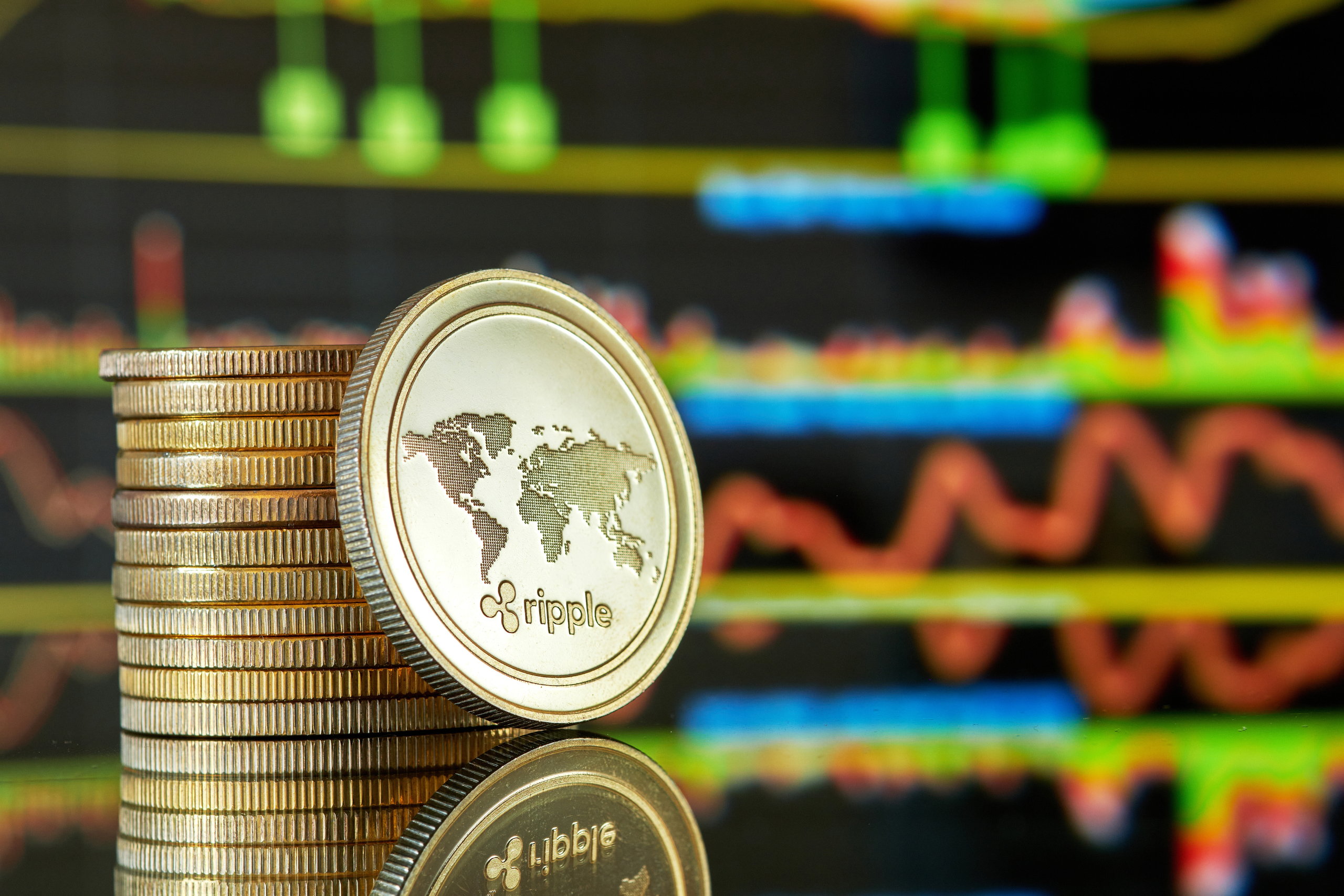Ripple is a for-profit technology program and also a cryptocurrency, which consists of two
separate components: RippleNet and XRP. The XRP is considered a cryptocurrency, while
RippleNet is a payment network for institutional payment providers including banks and
money service businesses that use the solution developed by Ripple to provide a smoother
experience when sending money globally, and over one hundred companies globally have
adopted the Ripple software to guarantee fast transactions.
RippleNet
RippleNet is a payment network for institutional payment providers including banks and
money service businesses that use the solution developed by Ripple to provide a smoother
experience when sending money globally and allows making payments using any currency
including Bitcoin, and still have a little transaction charge of $0.00001, the reason for the
transaction commission is to prevent DDoS or spam attacks.
XRP
This token is used to represent the transfer of value across the Ripple Network. The main
purpose of XRP is to be an honest broker or an intermediary for other cryptocurrencies
and/or fiat- exchanges.
The function of the XRP Token
These XRP tokens are mainly used for payments of transaction fees and currency
balancing, with each transaction subjected to a fee of 0.00001 XRP, which is being
destroyed and no longer available. This is done to avoid spam attempts in RippleNet.
This transaction fee is known as 10 drops, and it is the smallest part of the XRP token.
XRP is not mined, but it is entirely distributed. It has a total of 100 billion XRP that was
issued and 63 billion owned by RippleLabs. They help serve to finance the network and
project.
Ripple XRP Fork: Spark token
Spark token is an indigenous token called Flare Network which was created by the utility
fork of XRP.
The flare network allows its customers to run smart contract services on XRP. This is
done by a virtual machine that is powered by Ethereum. The network can be used and does
not base its safety on a native token.
This means that there is no risk of safety breakdown from competing uses of this token,
and applications can scale and complete transactions without users experiencing costs,
which means lower costs for transactions.
The Spark token has several purposes which include;
● Having collateral for the non-trusted issuance of assets from non-Turing complete
chains.
● The Spark token contributes to the network governance and Flare time series.
● Its ownership guides security and improves the network.
● The token is created by a utility fork of XRP.
● It increases the advantages and profitability of XRP, and XRPL directly.
The Future of Ripple
Ripple which is officially known as XRP is one of the cryptocurrencies that is aiming to
shake the entire industry.
XRP had a powerful breakout in 2020 but switched back into a brick wall in the form of
negative XRP news in the form of a lawsuit from the SEC,
The Chief US regulator claimed that XRP tokens have unregistered security, and Ripple
the parent company has violated laws by providing unregistered securities to investors
within the US.
XRP has been delisted from most crypto exchanges which might be the cause to struggle
in the long run. But still, the technicals on the asset’s chart will stay comparatively
optimistic despite the regulatory challenges.
Analysts and experts anticipate costs ranging from $0.90 to $14 in the short term.
Analysts expect that prices will increase to between $26 and $100 in the medium term.
longer-term forecasts and positions XRP at highs of $100-200, but analysts display a
variety of scenarios in which a pullback occurs around this time after a new all-time high is
set.





